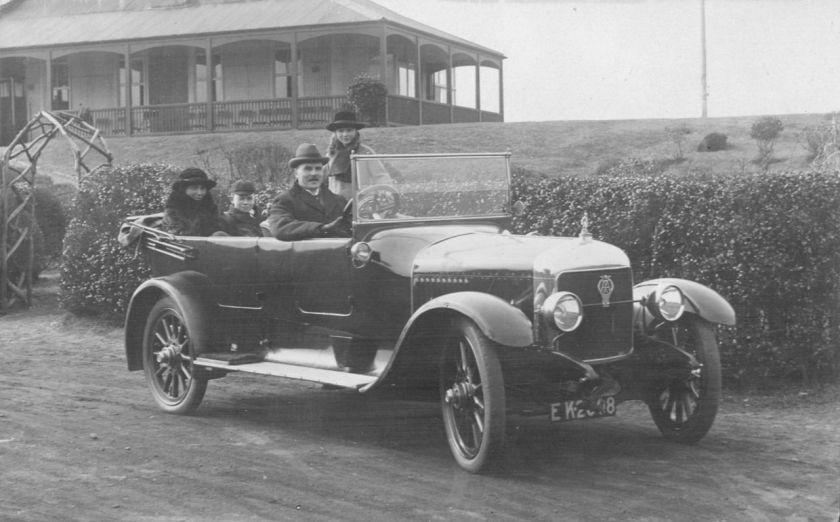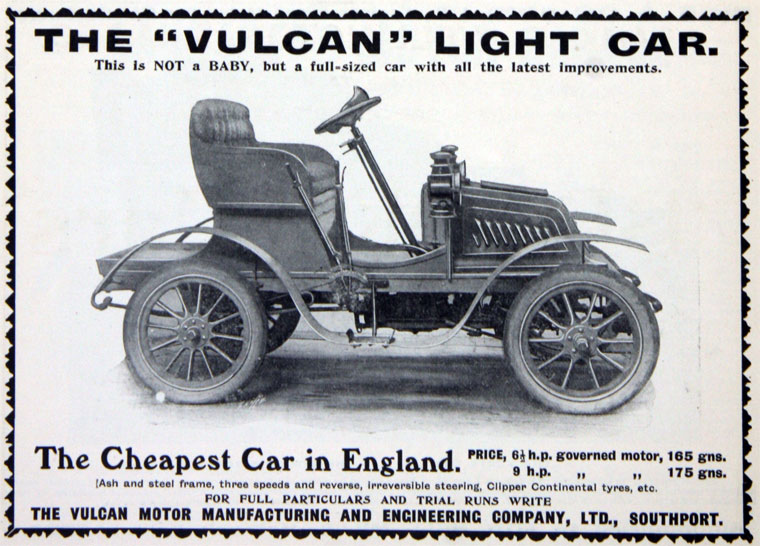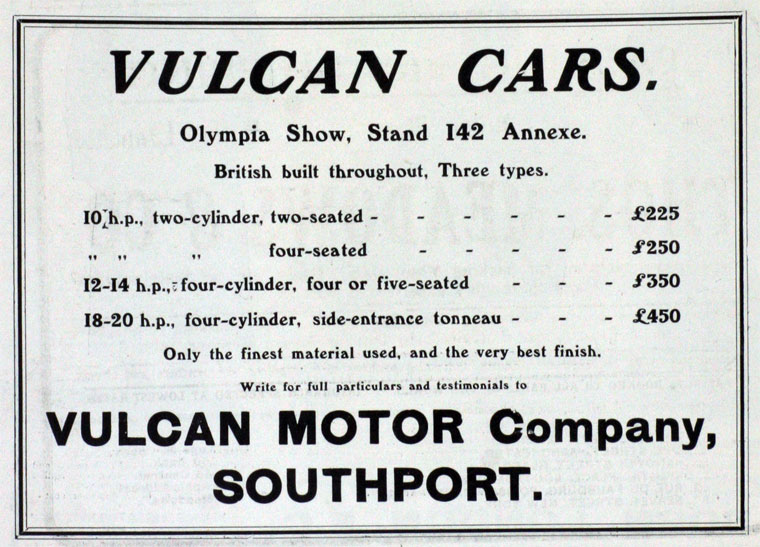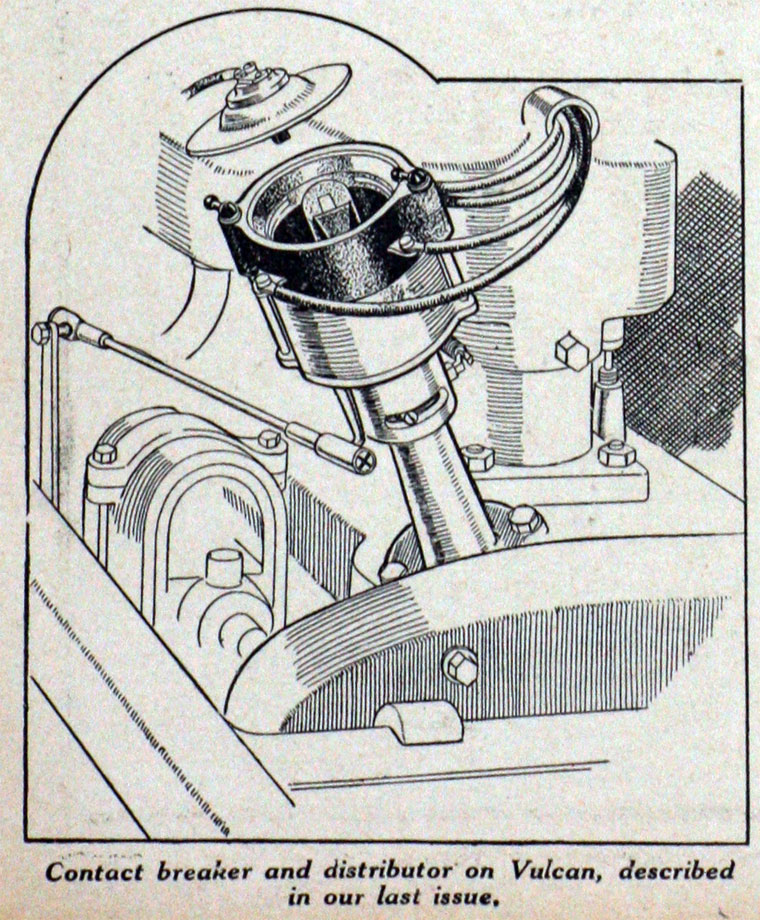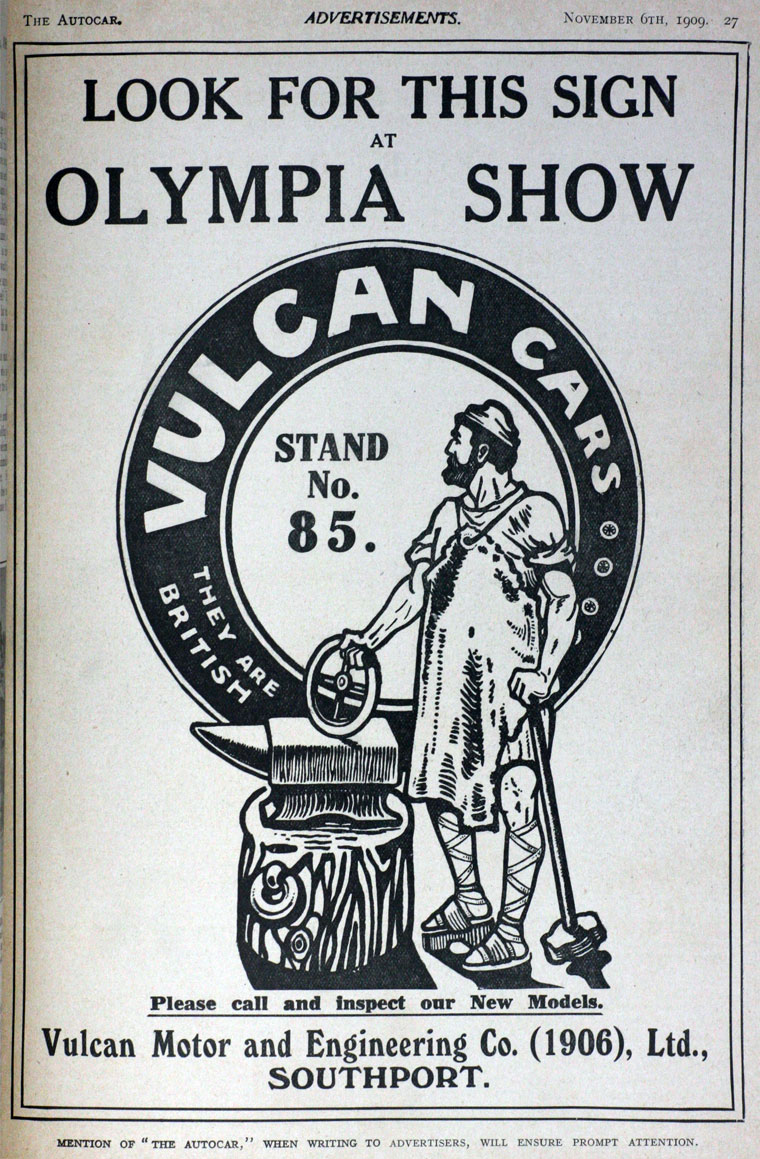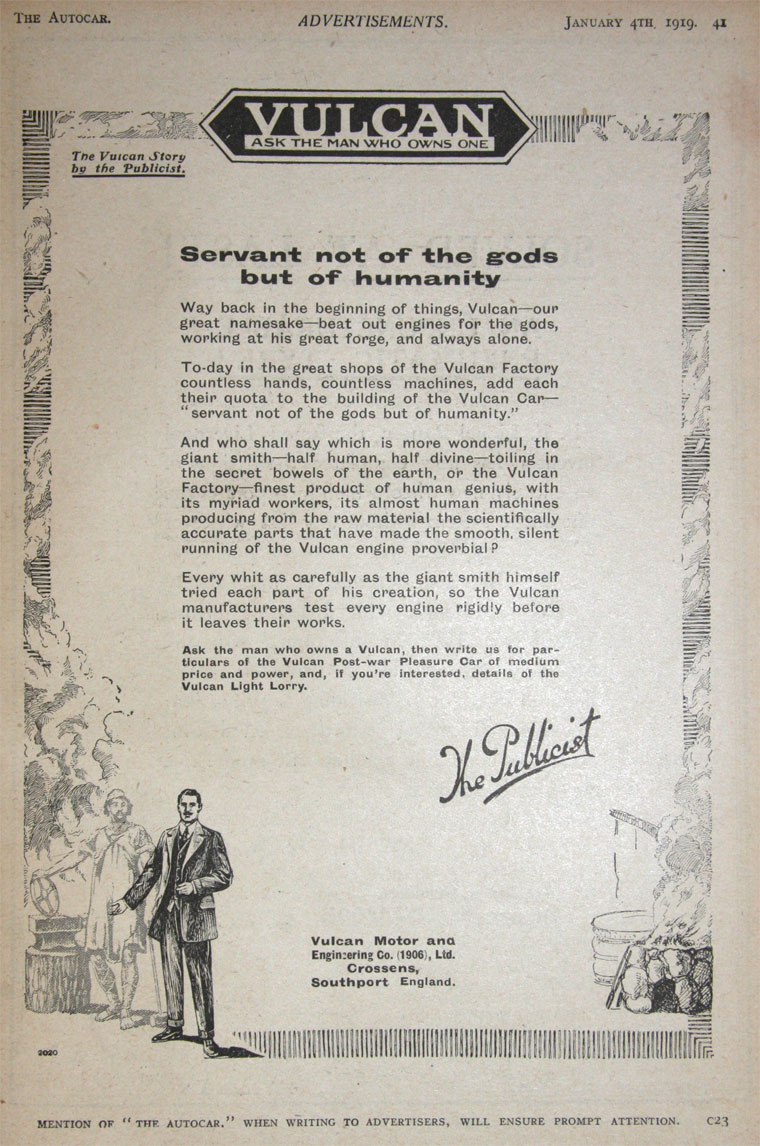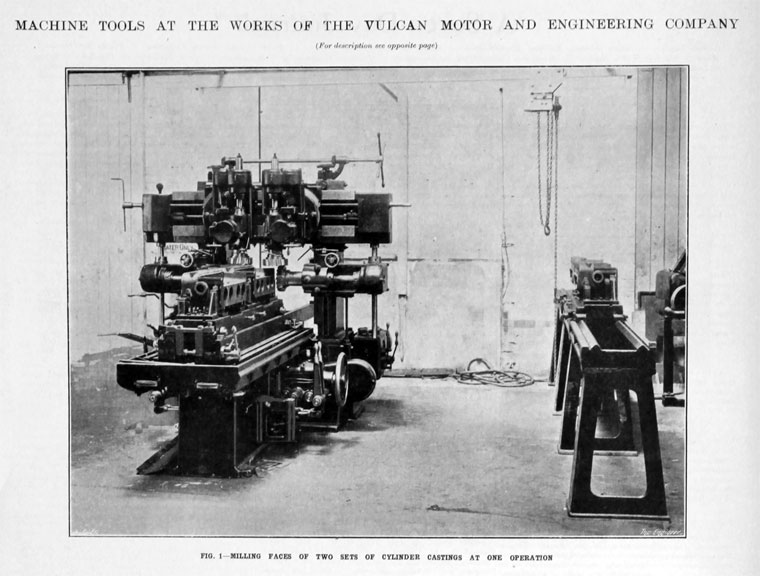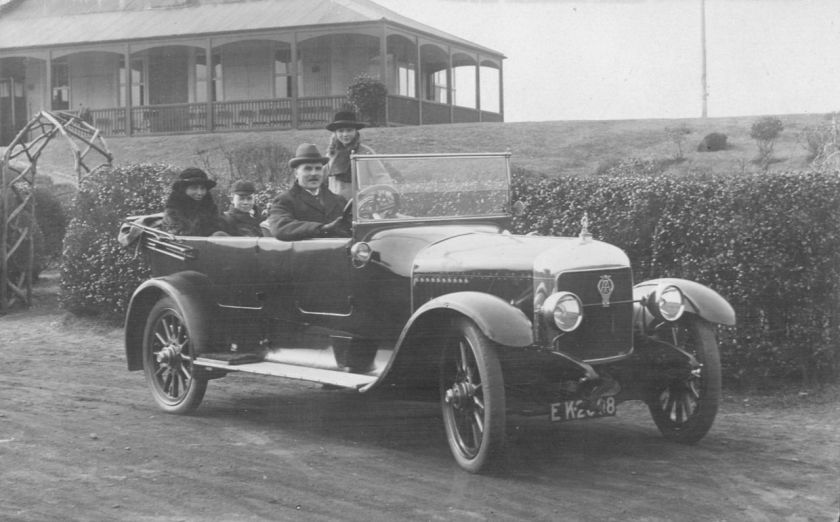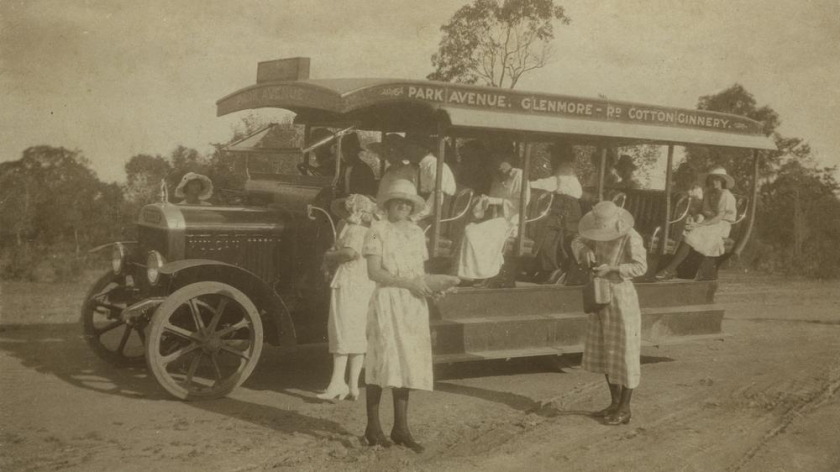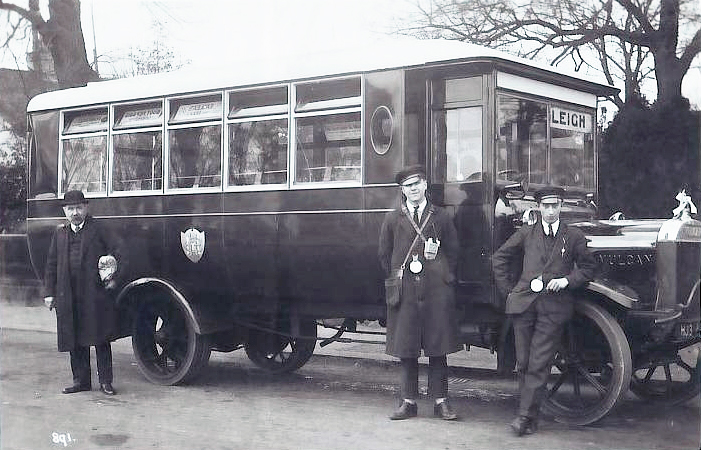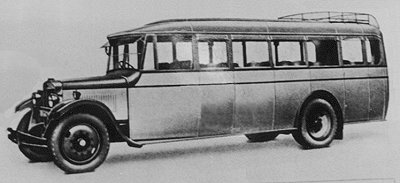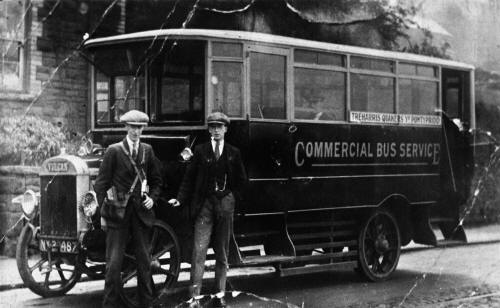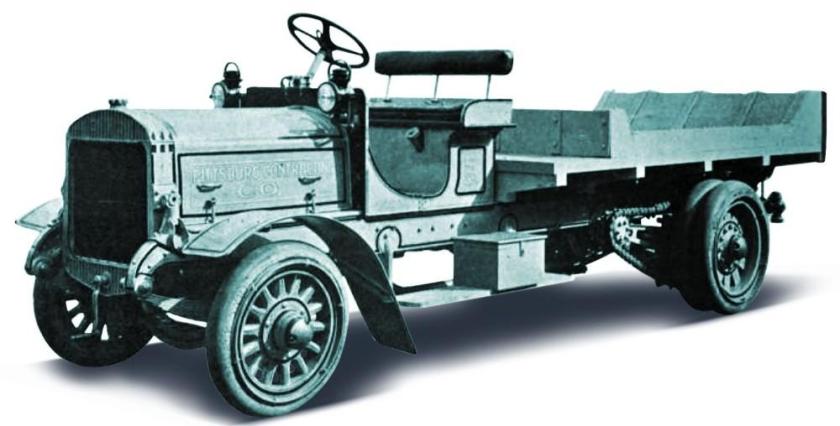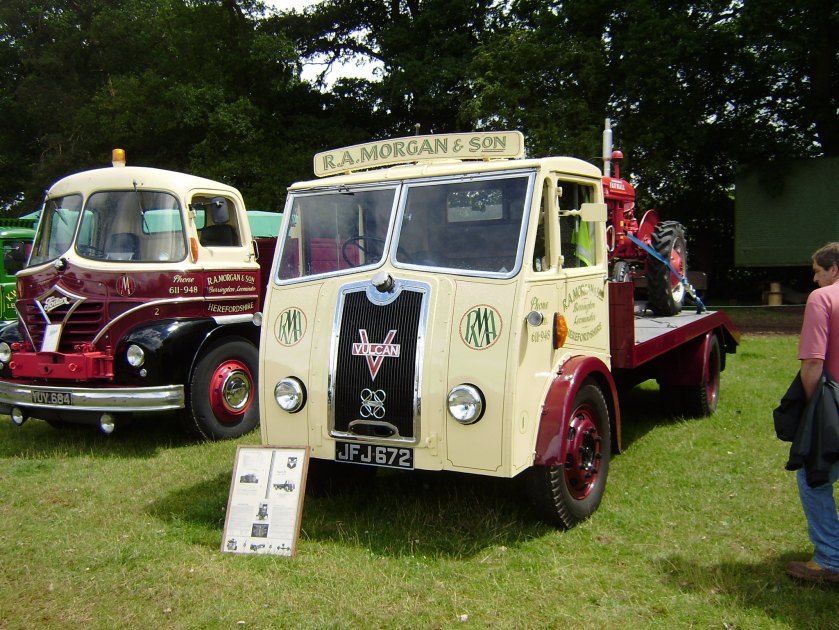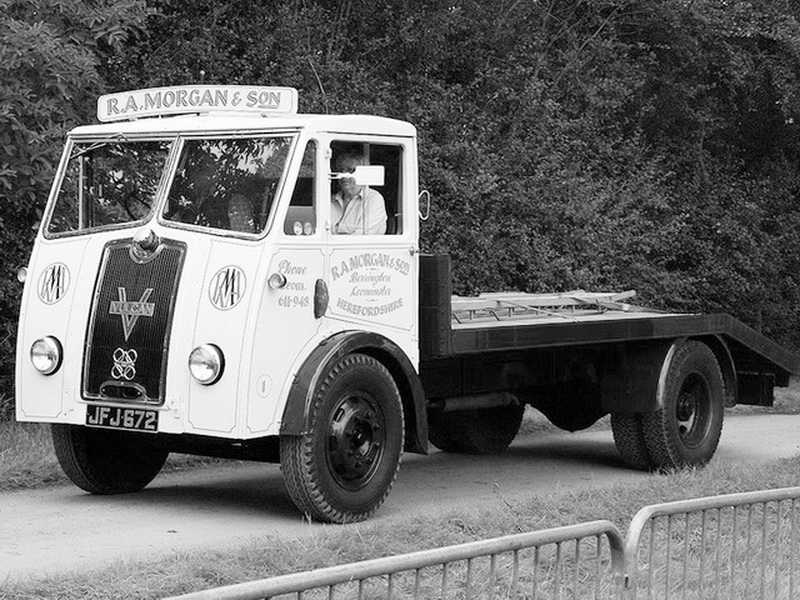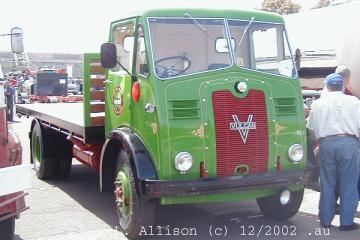 Vulcan
Vulcan
(motor vehicles)
History
Brothers Thomas and Joseph Hampson trading as Vulcan Motor Manufacturing and Trading built the first Vulcan car which was a 4 hp (3.0 kW) single-cylinder belt-driven type in 1902. In 1903, this grew to 6.5 hp (4.8 kW) and the chassis was now “armoured ash”. Twin-cylinder 1.5 L models followed in 1904 now with steel chassis and in 1905, 2 and then 3 L four-cylinder types appeared and the company moved from Yellow House Lane to Hawesside Street both in Southport. Things kept growing and a van version of the twin came in 1906 along with large 4.8 L six-cylinder models and a move to even larger premises at Crossens, Southport with a change of company name to Vulcan Motor and Engineering. The six-cylinder model grew to 6 L in 1908. In 1912, a new small car — the 10/12 of 1.8 L with two-cylinder Aster engine — was added, the first use of a bought in engine.
At the outbreak of World War I, the ranges consisted of the 2.4 L four-cylinder 10/15, the 2.6 L 15.9, the 3 L 15/20 and the last of the old sixes, the 25/30. As a sign of things to come, a 30 cwt truck was also offered. During the war, the factory concentrated on munitions. In 1916, the Hampson brothers left the company and it was reformed as Vulcan Motor Engineering (1916) under the control of C.B. Wardman.
In 1918, the company bought Southport F.C. which was renamed Southport Vulcan — becoming the first club to take a sponsor’s name.
In 1919, Harper Bean acquired 75% of the company under a complex cash and shares deal and went into the British Motor Trading Corporation with the intention Vulcan be responsible for commercial vehicles; nevertheless, car production continued.
 Vulcan demonstration van, £360 in 1924. Shown in Ireland.
Vulcan demonstration van, £360 in 1924. Shown in Ireland.
With peace the first new launch was the 16 with 2.6 L Dorman engine. The cars now had a flat radiator replacing the pre-war “bullnose” type. There was also a nominal 12 model which became the main product from 1920 to 1927, which was available with a range of engines from Dorman (1.8 L), Meadows (1.5 L), and British Anzani (1.5 L). The model was also sold as the Lea-Francis Kirkstone as from 1922 the companies shared some manufacturing and a dealer network. The 20 available from 1920 to 1922 with 3.3 L Vulcan engine and from 1923 to 1925 with 3.7 L shared mechanical components with the 1½ and 2 ton trucks. The final car was the 14/40 (1927–28) and 16/60 (1928–29) with their own design twin camshaft six of 1.7 and 2 L.
In 1924, Hermann Rieseler invented the first automatic transmission, which had two-speed planetary gearbox, torque converter, and lockup clutch; it never entered production. (The less-sophisticated Hydra-Matic, which used a simple fluid coupling, would only become an available option on Oldsmobiles in 1940.)
Financial problems came in 1928 and C. B. Wardman resigned and officially no more cars came from Southport but some badged as Lea-Francis may have been made. From 1930, production was solely of trucks and buses which had been made seriously since 1922. Many of the trucks were aimed at the municipal market and road sweepers and refuse trucks sold well.
Amongst the buses twenty seater buses were sold from 1922 on the two-ton chassis. A 6.6 L Vulcan-engined 32-seat Brisbane came in 1928 and the Emperor double decker in 1930.
In 1931, the company went into receivership but the receiver managed to keep production going until 1937, when the remains of the company was sold to Tilling-Stevens of Maidstone, Kent. Tilling-Stevens was taken over by the Rootes Group in 1950 and a new 7 tonner appeared at that year’s Commercial Motor Show in London. Rootes had their own established commercial makers in Commer and Karrier and both Vulcan and Tilling-Stevens vanished finally in 1953.
The original factory premises at 13 Yellowhouse Lane were finally demolished on 25 March 2010 as a result of the British government policy to levy business taxes on the owners of empty buildings.
The second factory which was built in 1907 in Rufford Road, Crossens, Southport has been partially demolished but some of the building still remains standing. The old boardroom and administration block are still in situ as is a small part of the original factory. The last occupiers, Vitrathene Ltd (a plastic manufacturer) ceased trading on 30 September 2011 and the building is now unoccupied. The future of the building remains uncertain.
http://myntransportblog.com/2014/11/11/tilling-stevens-ltd-maidstone-kent-england-uk-1897/
